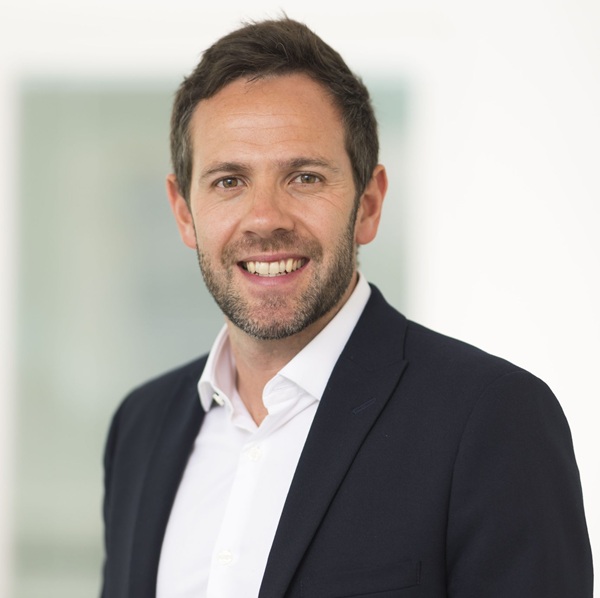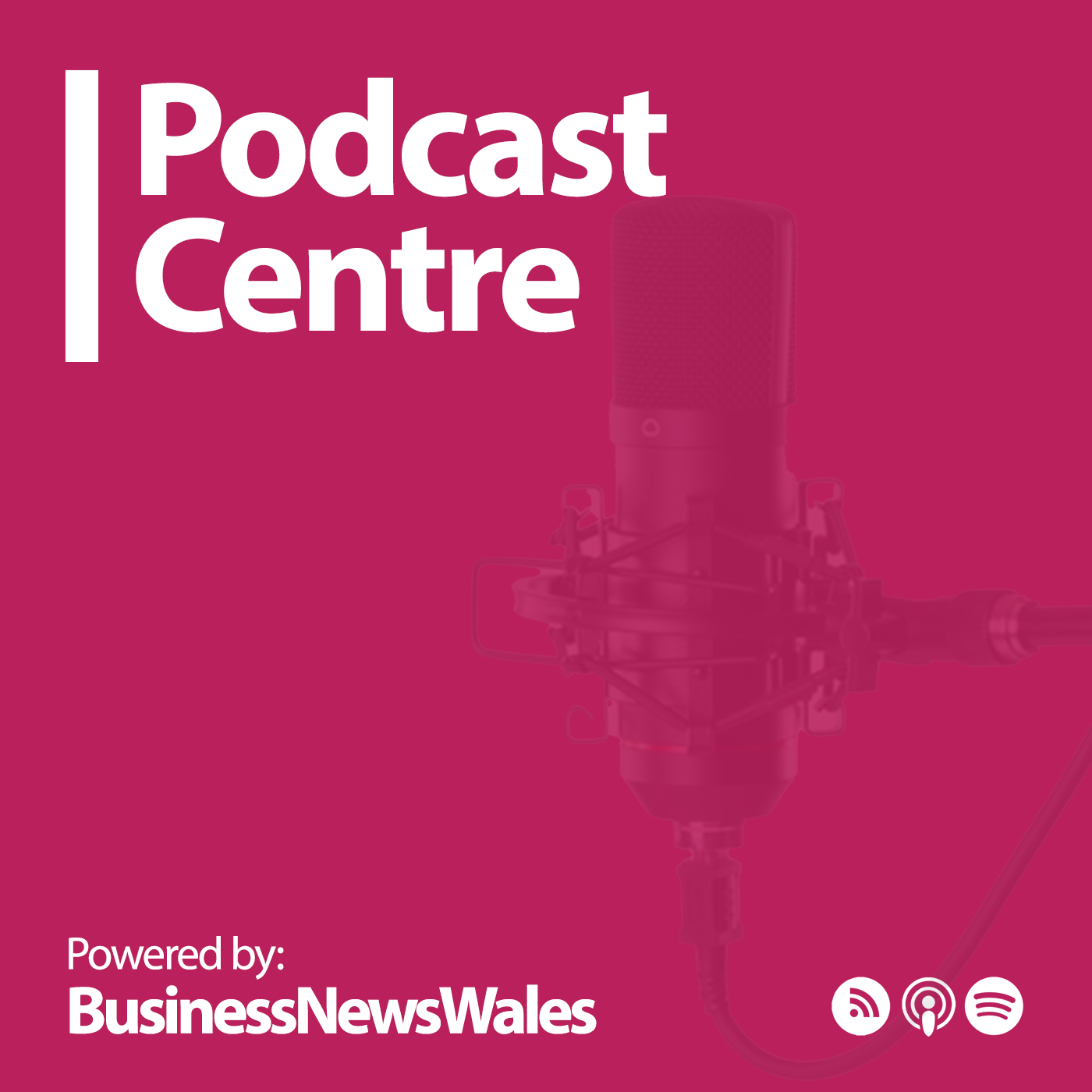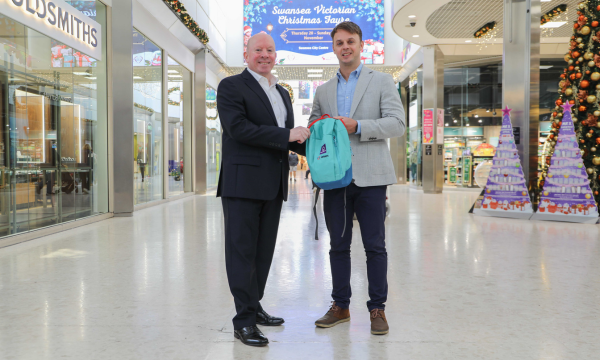
Mergers in the housing association sector are often talked about as strategic necessities, a way to create scale, resilience, and efficiency in a rapidly changing landscape.
But what’s less often acknowledged is just how hard they are to get right.
Having gone through the process ourselves at Beacon, the merger between RHA Wales and Coastal Housing Group, I can say with certainty that it’s one of the most demanding journeys an organisation can take. However, at no stage have we regretted the move we both made and we are already seeing some of the benefits that merger will bring now and in the future for Beacon.
It took us almost three years from the first exploratory conversations to full integration. A year of behind-the-scenes planning and understanding if the two organisations were a good fit for each other. A year of due diligence and governance work, and a year of integration to bring everything and everyone together into a single, functioning, confident organisation.
That kind of transformation doesn’t happen overnight, and it certainly doesn’t happen without challenge. The practical and legal mechanics of a merger are, in many ways, the straightforward part. Once the documents are written, you’re following a process from point A to B to C with expert guidance from our legal and treasury teams.
The real test lies in people, culture, and communication. It’s unsettling for staff, and it requires reassurance, transparency, and a lot of empathy. People have to navigate new relationships, new structures, and new ways of working. You have to keep your eye on service delivery, because residents deserve consistency while everything else is changing behind the scenes.
It’s the human side that makes or breaks a merger, and it takes leadership at every level to manage that carefully.
Did we get everything right? Of course we didn’t and we also learnt a huge amount going through this journey. However, for me the most important thing is being honest about the challenges and keeping people focused on why you’re doing it, to build a stronger, more resilient organisation that can do more for the communities we serve and be built to deliver into the future.
There are clear financial and operational advantages too. Bringing two housing portfolios together creates capacity: financial capacity, borrowing capacity, and delivery capacity. It gives you scale and resilience, and that makes you more attractive to lenders and partners. It also drives efficiencies and delivers better value for money. We have already seen in year one that we have been presented with many more opportunities for growth and partnerships than we would have as stand alone organisations.
In our case, even within nine months of merging, we also saw other benefits: staff taking on new roles, developing new skills, and finding new opportunities to grow within the organisation. We also have greater depth of talent to be able to ensure more robust succession planning throughout the organisation.
For residents, the merger means we can invest more in homes, technology, and services. We can take a deeper dive into our data and understand our homes, our customers, and our communities better. We can innovate more confidently, whether that’s through business technology, AI, or smarter ways of working. For stakeholders and partners, scale gives reassurance.
People want to work with organisations that have the capacity and the ambition to deliver.
That said, not every merger makes sense. You have to pick the right partner. If you’re two small organisations in the same geography both facing the same capacity and resilience issues, merging might simply double up on the challenges rather than create the required headroom and capacity to solve them.
But when two organisations bring different strengths to the table, different structures, perspectives, and cultures, the potential is enormous. Diversity of thought is what creates progress.
When Coastal and RHA came together, we found that, yes, our values were aligned, but our ways of working were not identical, and that was a good thing. We embraced those differences instead of ironing them out, and it’s made us stronger. A merger shouldn’t be about one culture overtaking another; it should be about creating something new that’s better than the sum of its parts.
There’s also an element of vulnerability in the process that shouldn’t be underestimated.
Inviting another organisation to look under your bonnet, to see your finances, your operations, your data, your weaknesses, is not something you do lightly. It’s an intense, 12-month masterclass of the business and in self-awareness and accountability. You see things sometimes from a different lens or perspective, and that’s a good thing. It forces reflection, improvement, and a renewed sense of purpose.
But that willingness to be open only comes if you’re doing it for the right reasons. Some organisations are pushed into mergers by external forces, funders or regulators, and that’s always a more difficult path.
Our merger was voluntary, born out of ambition from a position of strength and a shared desire to grow stronger together. That’s the mindset that makes it work.
So yes, mergers are complex, emotional, and sometimes exhausting. But when done for the right reasons, with the right partner and the right values, they can deliver great outcomes.
For us, it’s meant greater resilience, more investment in homes and services, more opportunities for our people to grow and develop, , and most importantly, a stronger platform to deliver the lasting change you can see that’s at the heart of why we exist.
That’s the real measure of success. A merger isn’t just about getting bigger. It’s about getting better, for the people and the places we serve.











